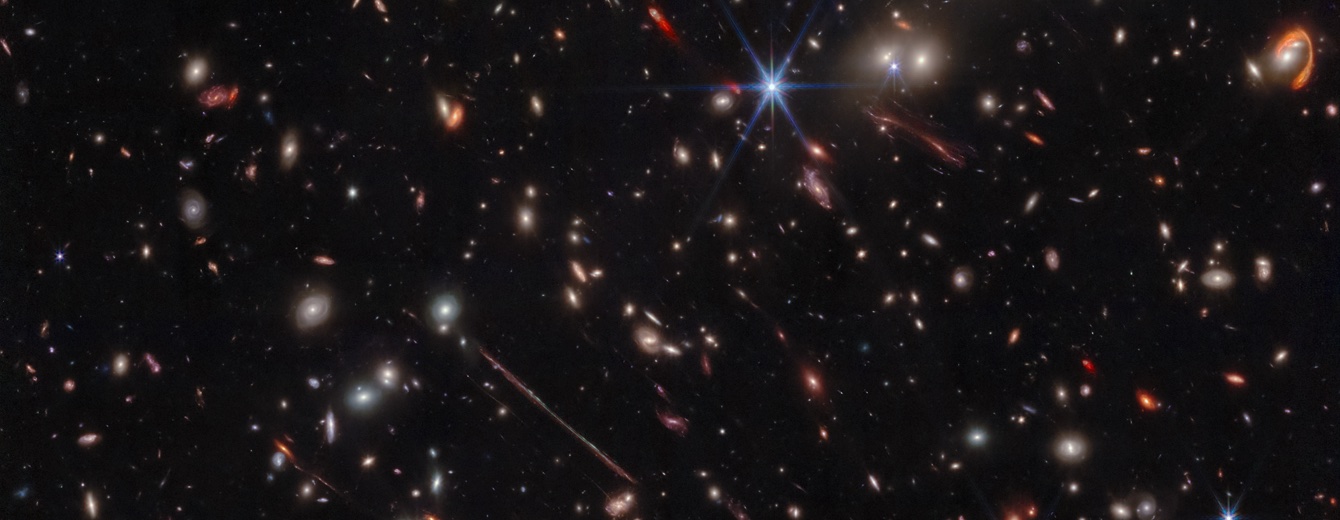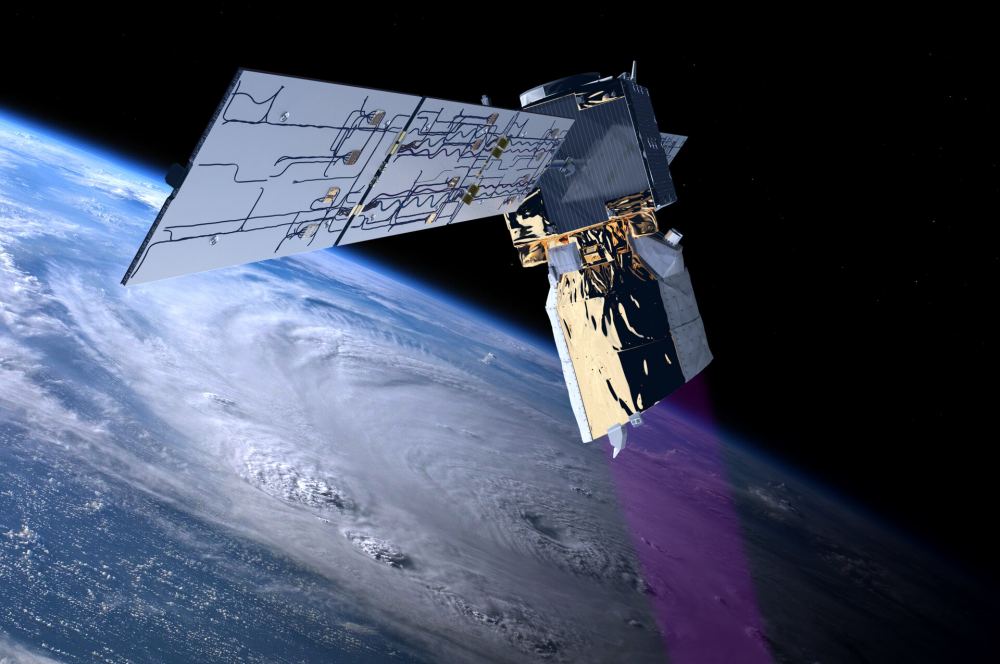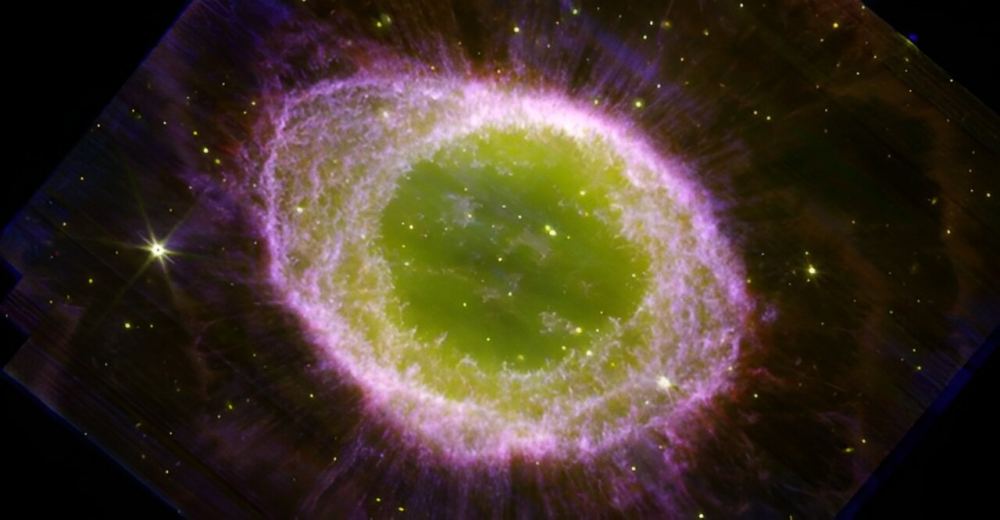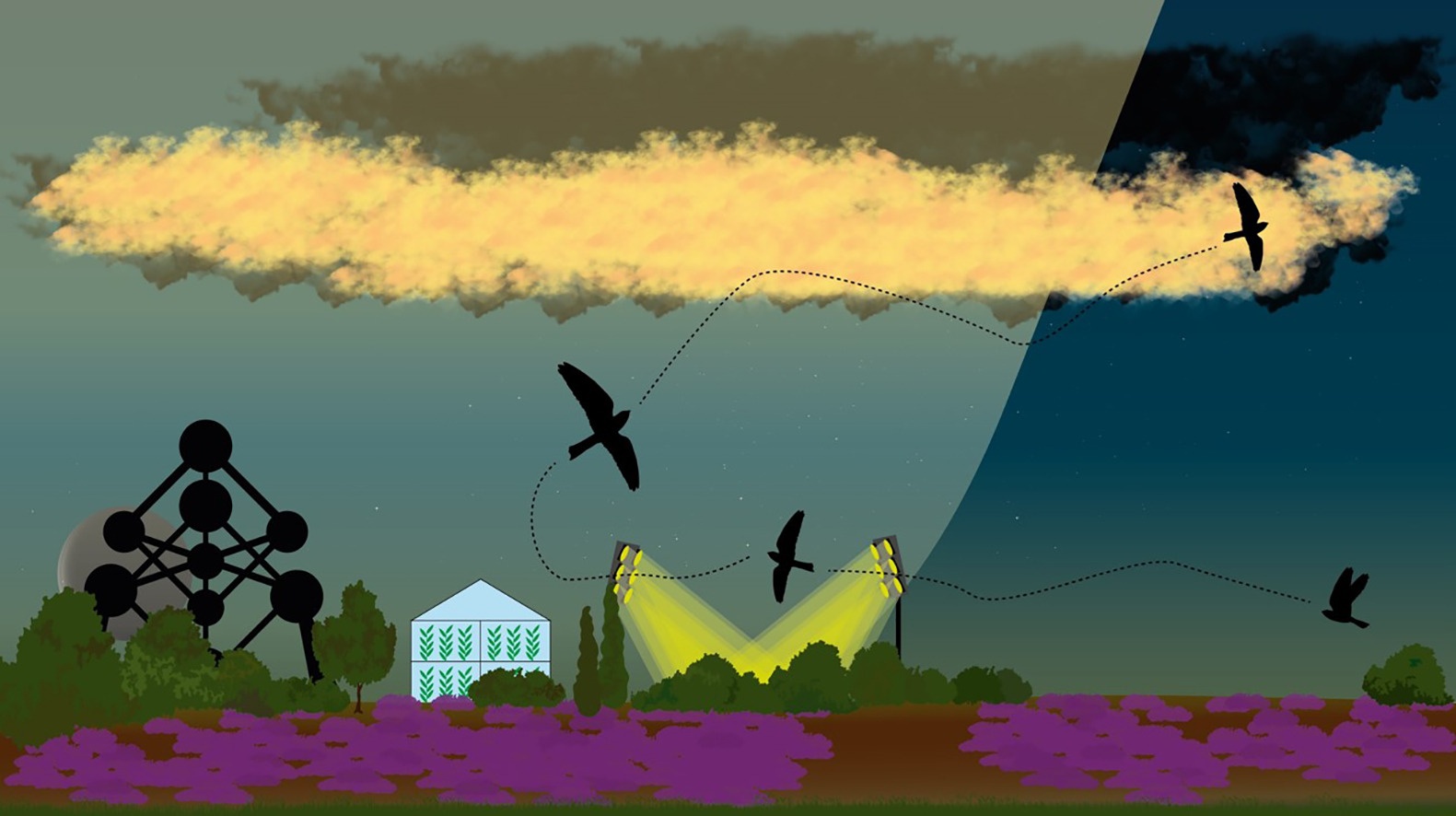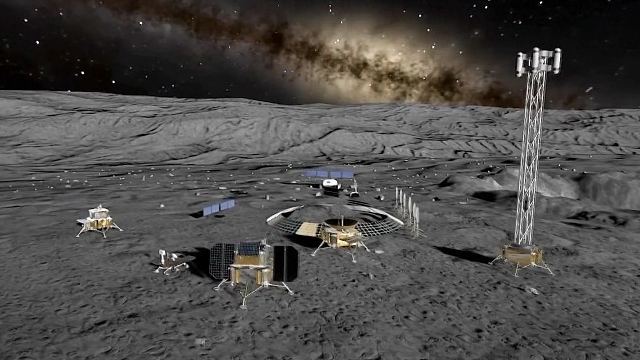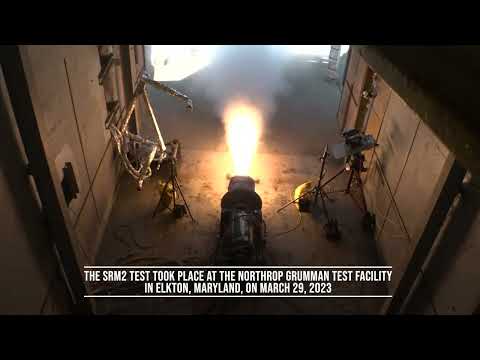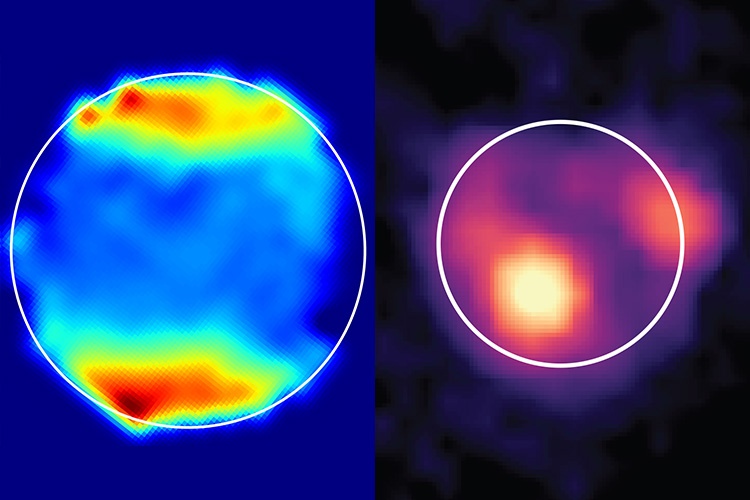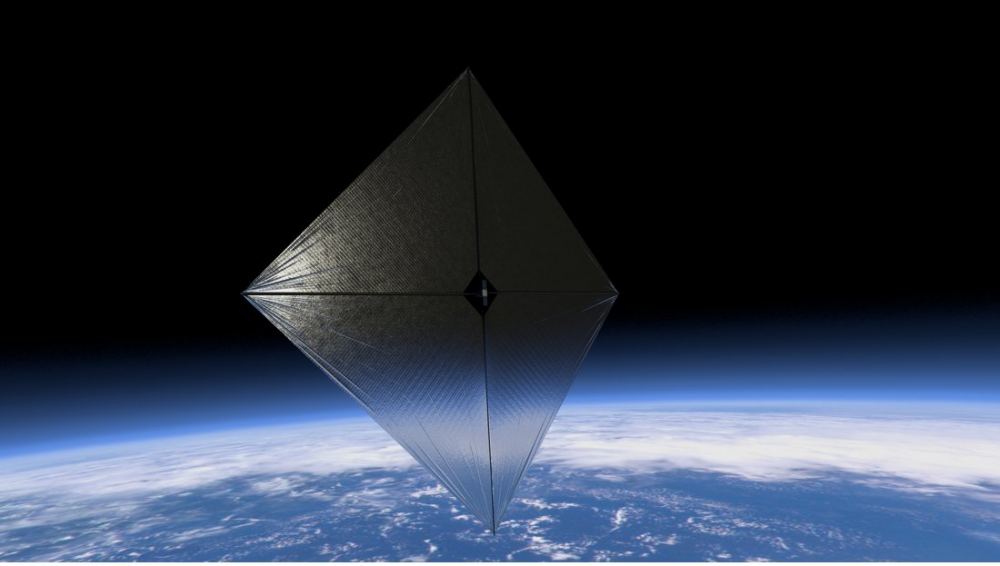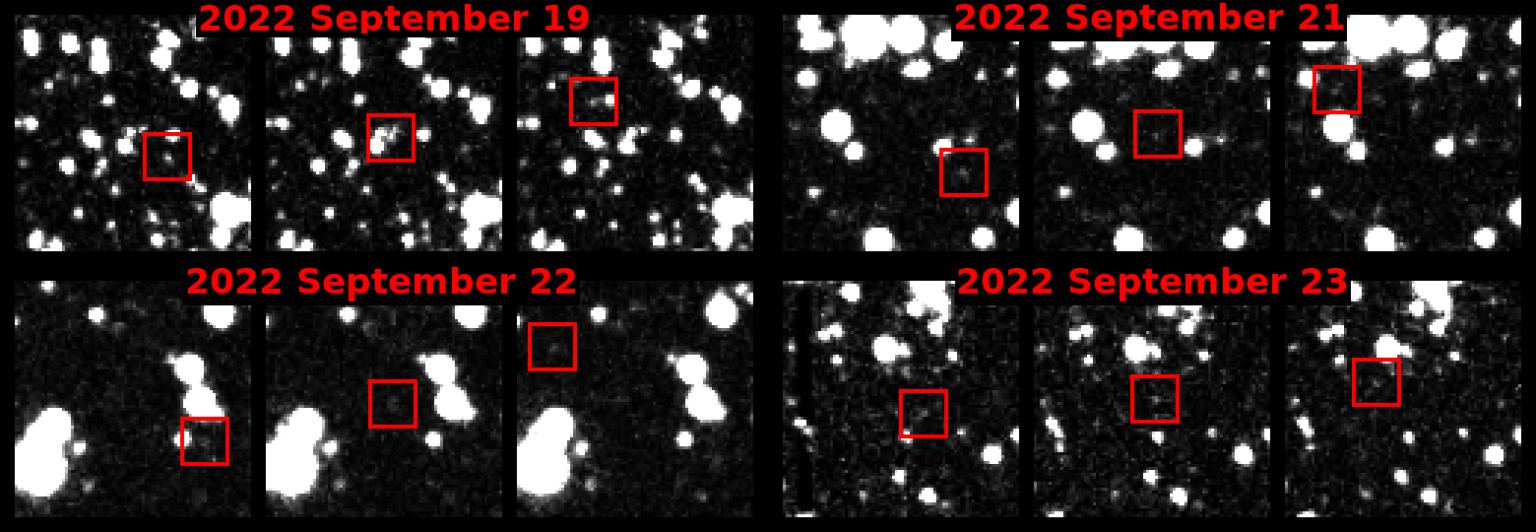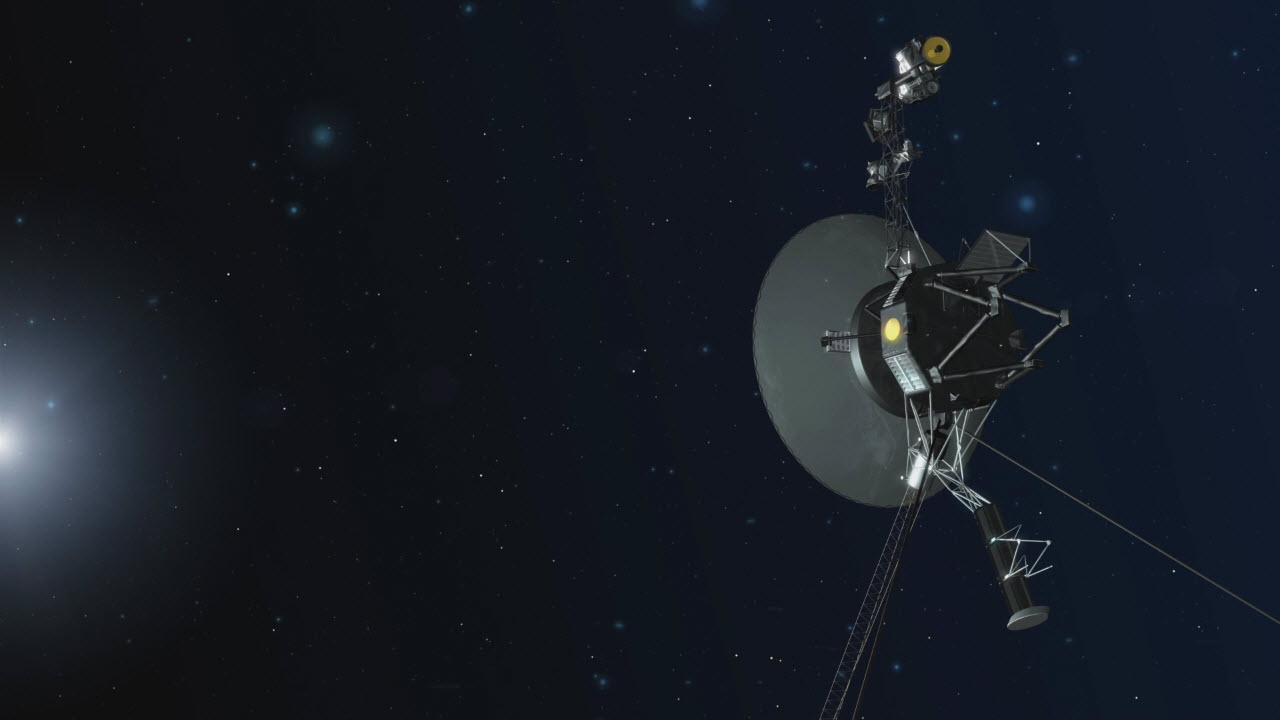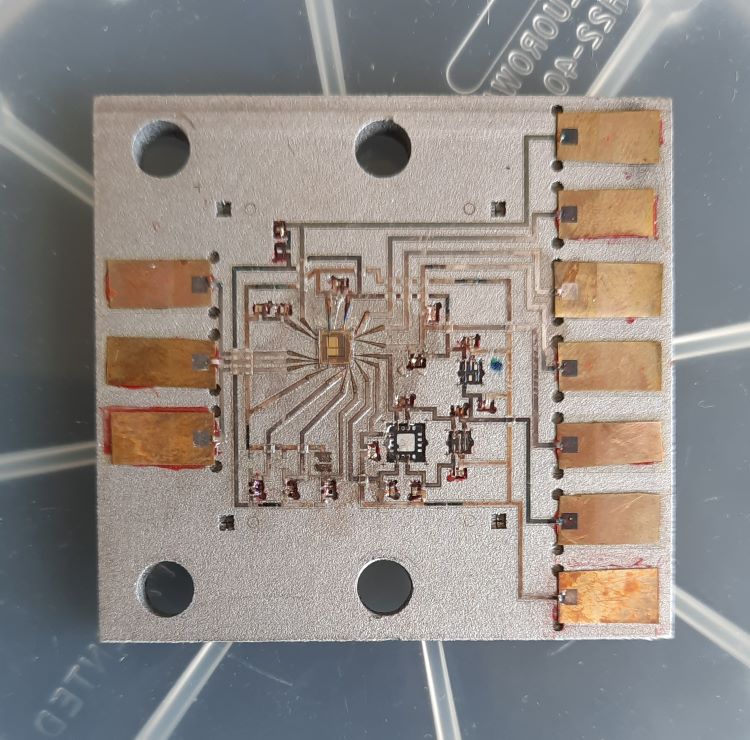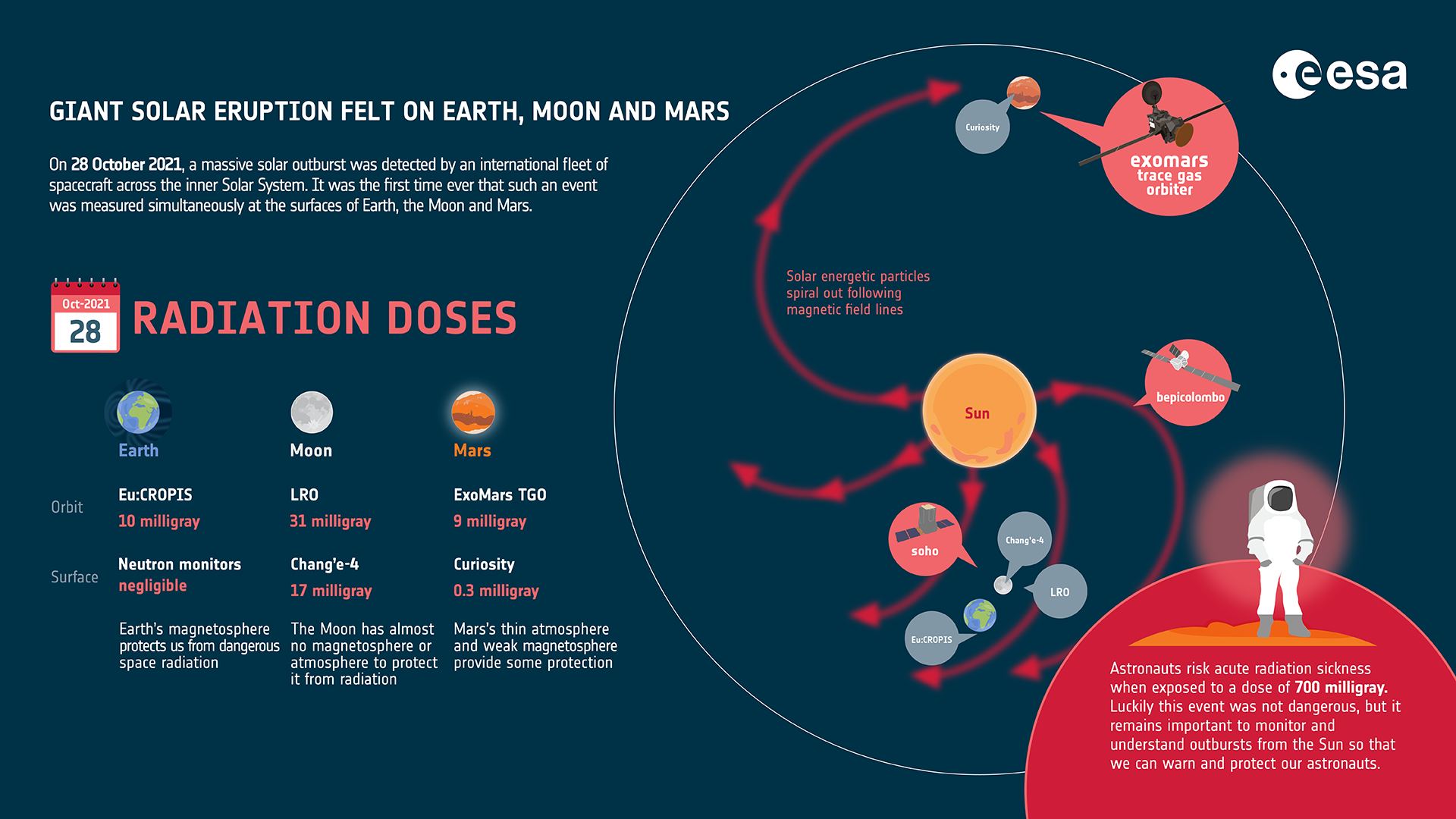
The coronal mass ejection on October 28th, 2021, was measured by missions on Earth, the Moon, and Mars for the very first time.
Continue reading
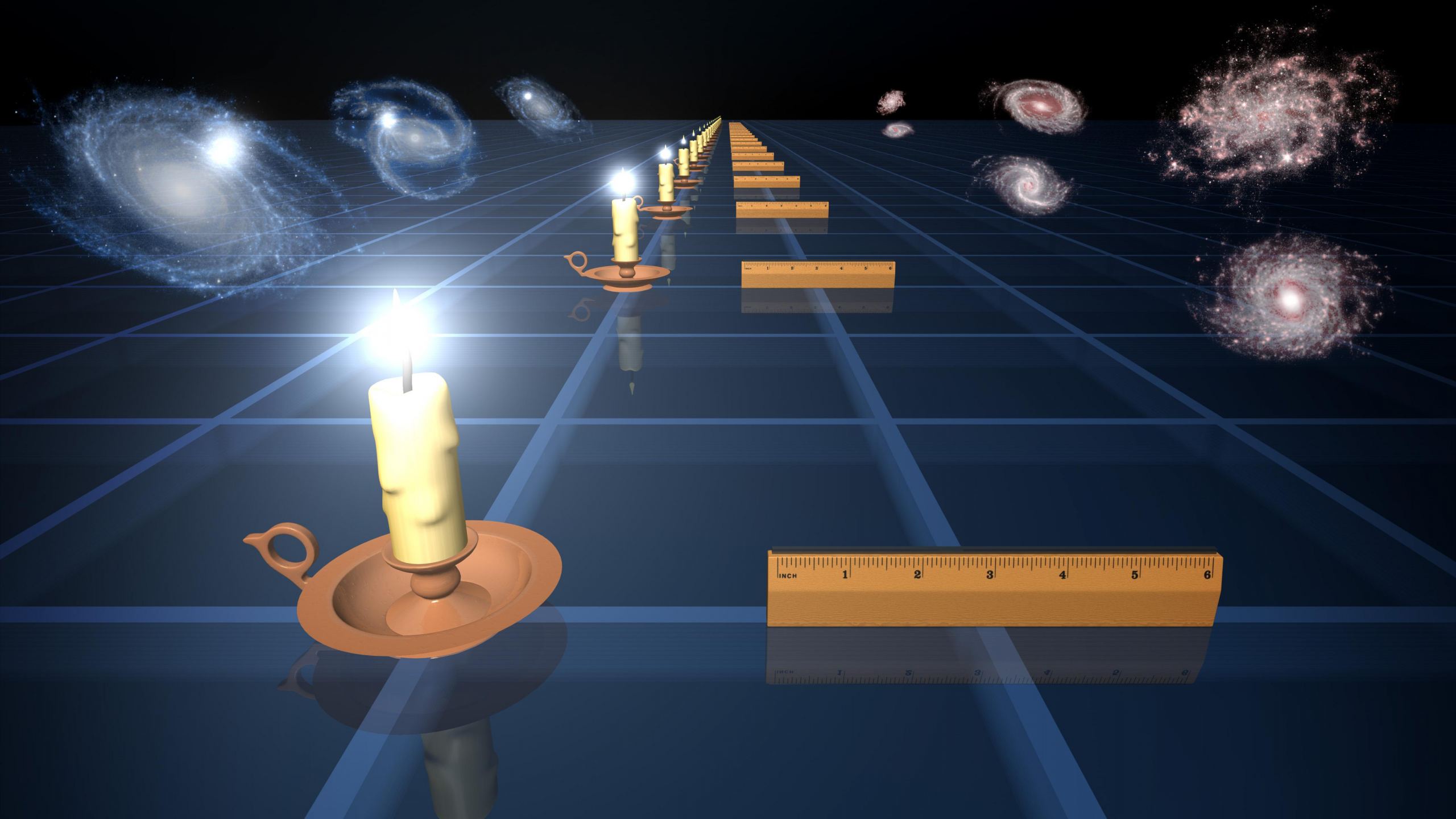
Over the last decade, various measurements have disagreed over the rate that the Universe is expanding. Astronomers use Cepheid variables as standard candles to measure relatively nearby galaxies and then use them to calibrate more distant candles like Type 1a supernovae. The most accurate measurements have been done with the Hubble Space Telescope, but a new survey of 330 Cepheid variables has been done with JWST, narrowing down the error bars even more and building a perfect distance ladder to Type 1a supernovae.
Continue reading
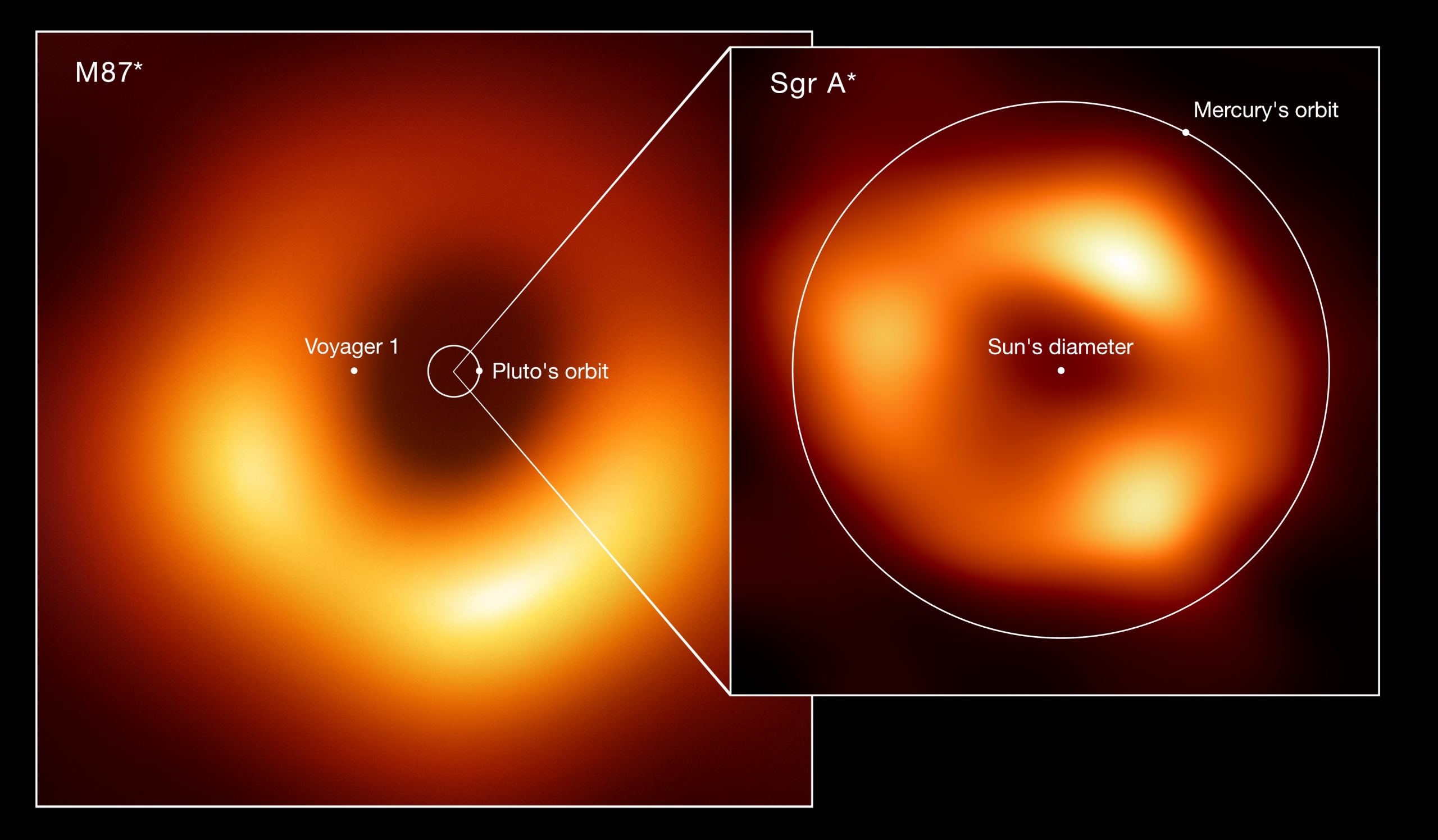
Astronomers have found stellar mass and supermassive black holes, but they're still on the hunt for an intermediate size; black holes with thousands of times the mass of the Sun. One natural place to look is at the heart of the Milky Way, near our galaxy's supermassive black hole. Researchers have examined the region around the galactic core and the movement of stars whipping around the central black hole. Although they didn't find evidence for a companion black hole, they've set size constraints on what could be there.
Continue reading
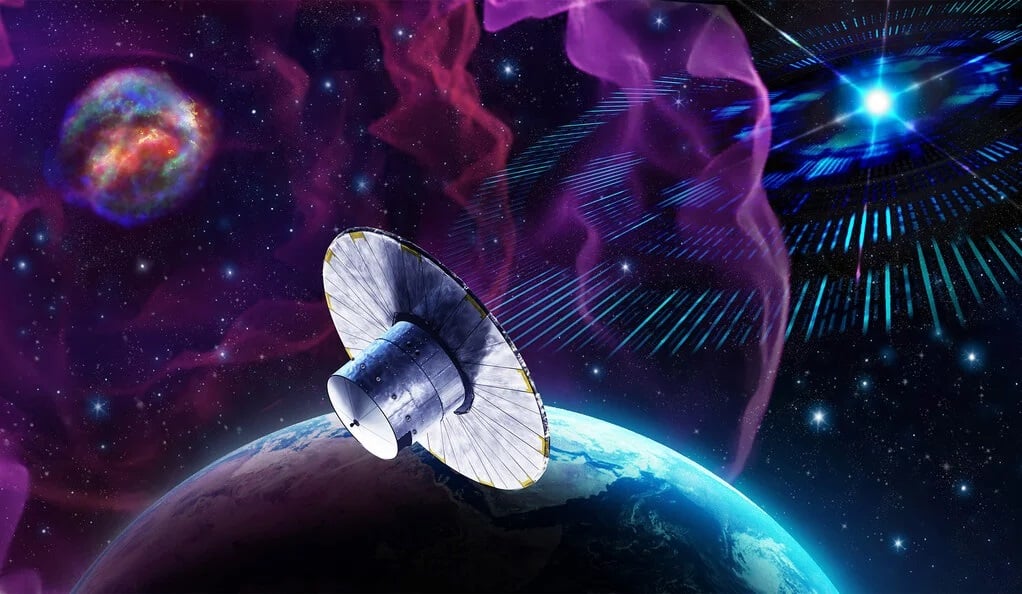
A new study cross-references supernova from the Gaia observatory's third data release with possible alien transmissions.
Continue reading
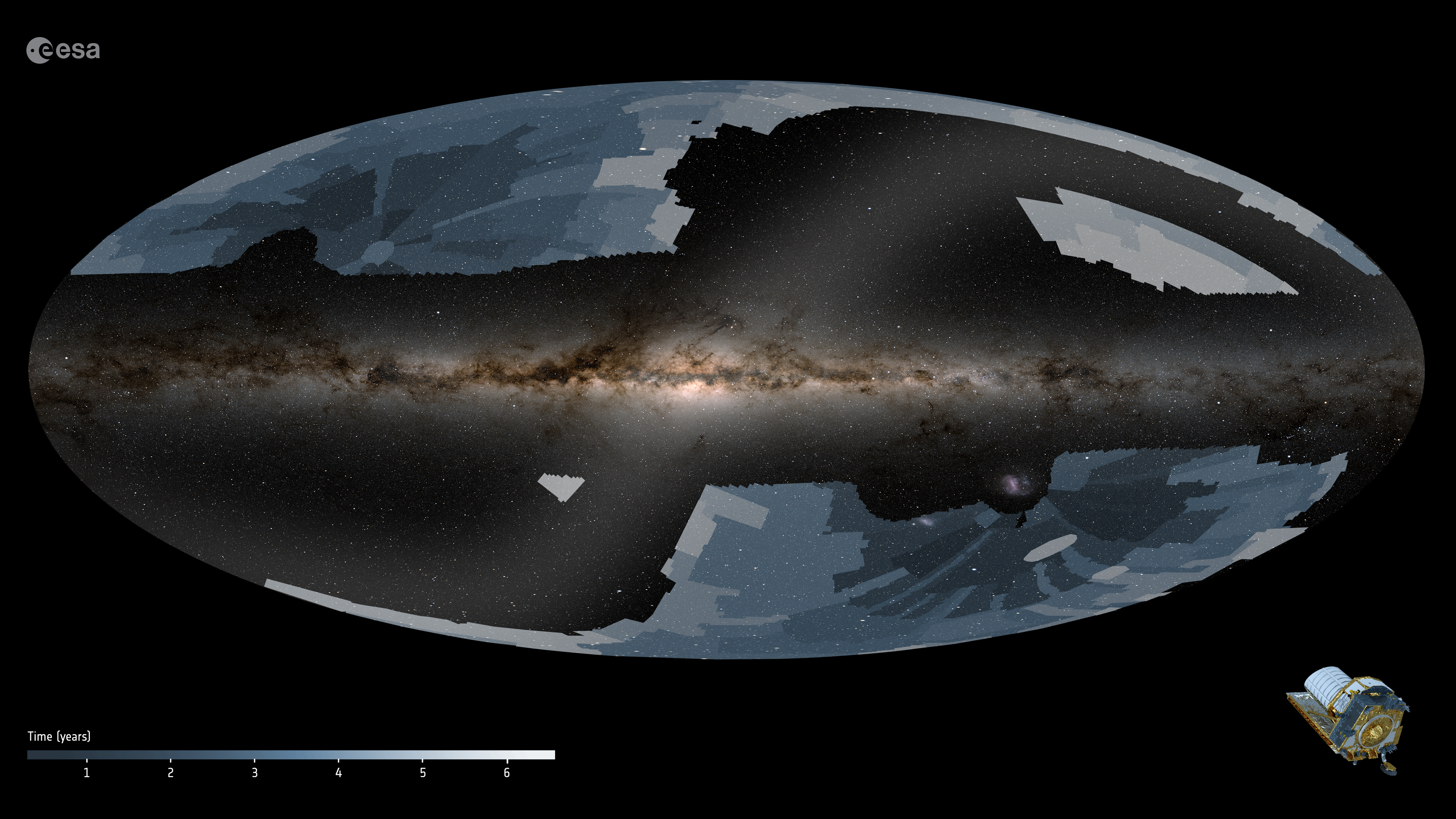
ESA's Euclid mission has made the journey through space to reach the Earth-Sun L2 Lagrange Point. The two instruments on board have come online and taken their first images of the cosmos. The left side of the image was taken by the VISible instrument (VIS), which will help astronomers study the shapes of billions of galaxies. The right side of the image was taken with the Near-Infrared Spectrometer and Photometer, which allows astronomers to measure the brightness and color of galaxies. Astronomers will use these instruments to make the most comprehensive 3D map of the Universe, hunting for dark matter and energy.
Continue reading
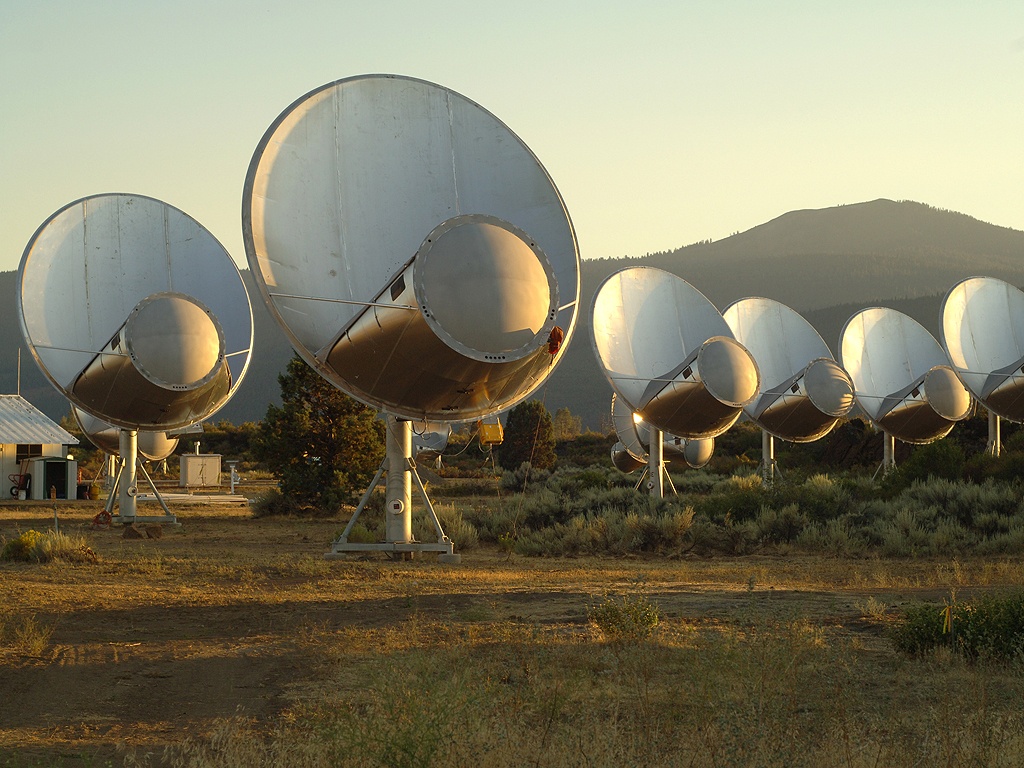
Astronomers have only been scanning the skies for a signal from extraterrestrial civilizations for about 60 years. Although no signal has been found, a new study suggests that this lack of detection can help us predict what the future holds for SETI. According to their analysis, this means there's a 50% probability that Earth won't detect signals for the next 60 to 1800 years.
Continue reading
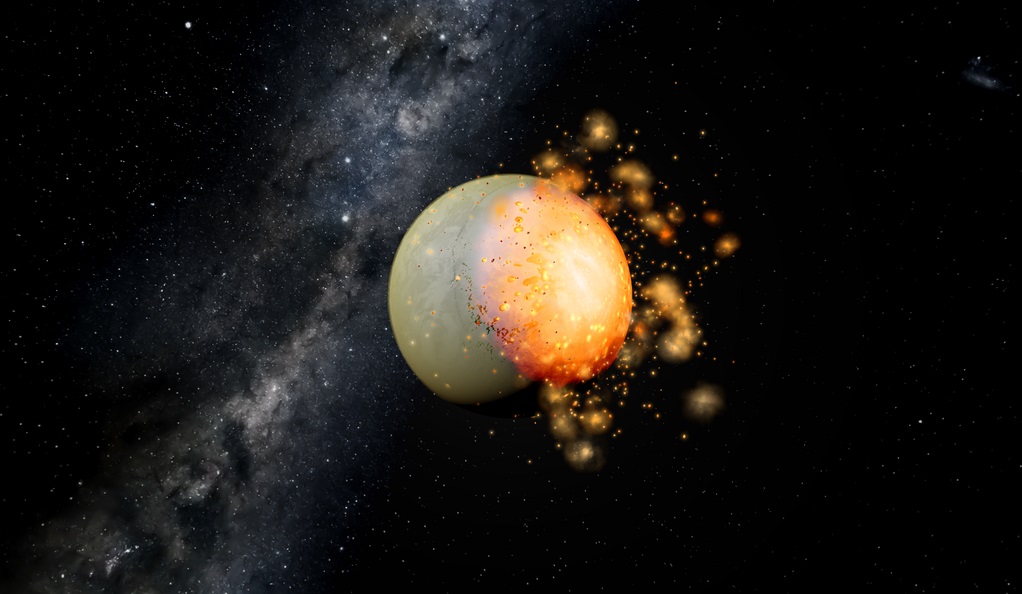
A new study connects impacts during Venus' early history to its smooth and "youthful" appearance today.
Continue reading
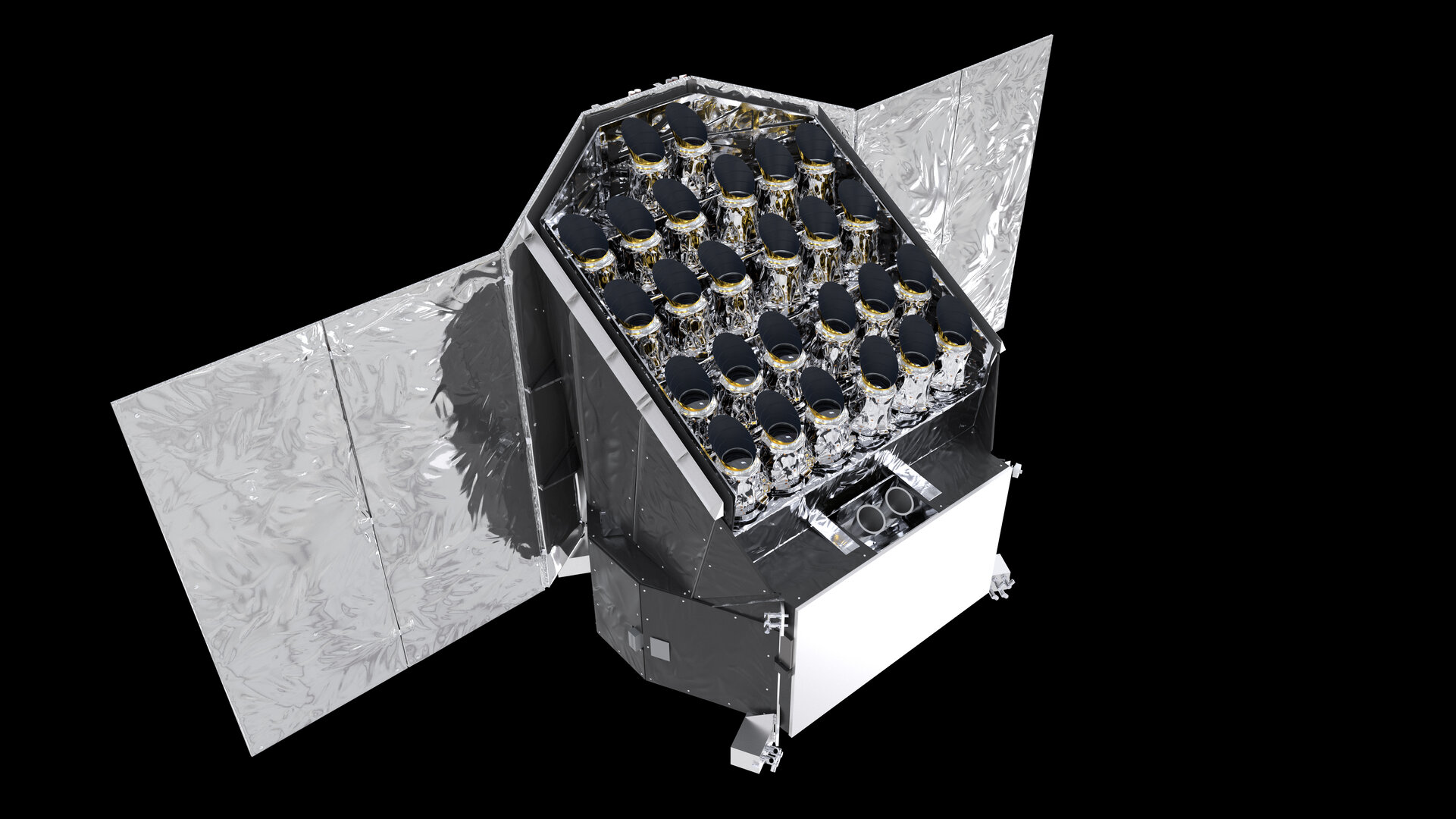
A new study estimates how many exoplanets the ESA's PLATO mission will discover during its four-year run, with encouraging results!
Continue reading
